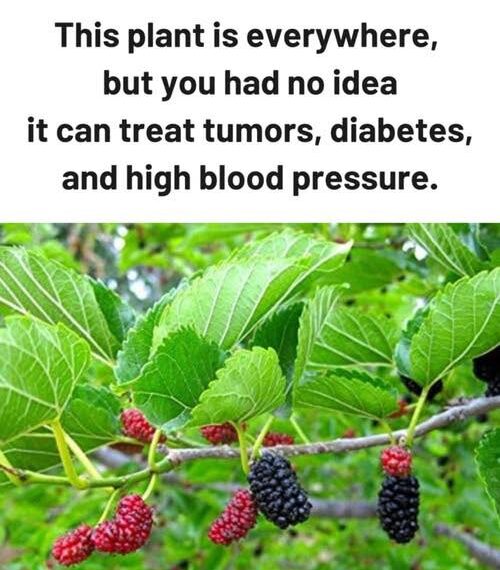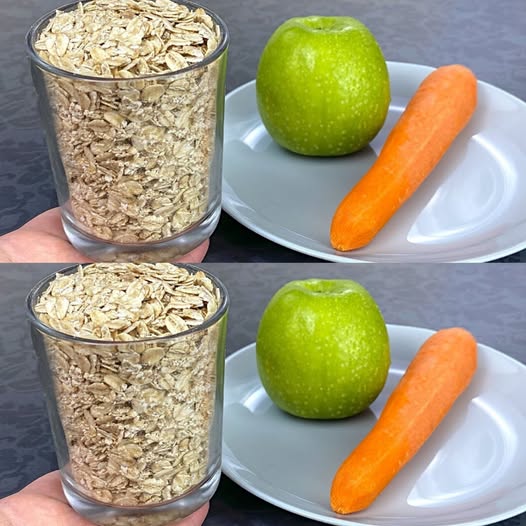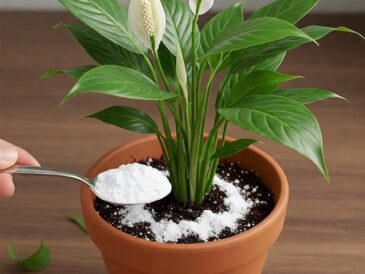You might pass by a white mulberry tree every day without giving it a second thought. With its modest white berries and broad green leaves, it blends quietly into parks, yards, and roadsides. But beneath its unassuming appearance lies a botanical powerhouse with astonishing health benefits.
White mulberry (Morus alba) isn’t just a common plant—it’s a natural healer with a long history and promising potential to support your health in surprising ways. From managing blood sugar to possibly fighting tumors, this tree has quietly earned its place in both traditional medicine and modern research.
A Plant with Deep Roots in History
The story of the white mulberry is fascinating. Originally native to China and parts of Asia, it was introduced to the United States during colonial times. The goal? To establish a domestic silk industry. White mulberry leaves serve as the exclusive food for silkworms, making them essential to silk production.
Though the silk industry didn’t flourish as hoped, the tree itself adapted well, thriving in a range of climates across North America and temperate regions worldwide. Its tough, resilient wood has also been prized for crafting boats, sports gear, and fine furniture.
Yet, it’s the leaves and berries of the white mulberry that hold the real health treasure—packed with beneficial nutrients, antioxidants, and unique compounds that science continues to uncover.
Key Health Benefits of White Mulberry
1. Helps Stabilize Blood Sugar
One of the most celebrated benefits of white mulberry is its ability to support healthy blood sugar levels. A compound in the leaves called 1-deoxynojirimycin (DNJ) acts as a natural inhibitor of enzymes that break down carbohydrates. This slows digestion and the absorption of sugars, leading to a gentler rise in blood glucose after meals.
For those managing prediabetes or type 2 diabetes, this means fewer blood sugar spikes and improved overall control—without relying solely on medication.
2. Supports Cardiovascular Wellness
Next page





